14 Timeless 1960s Love Stories to Watch Now
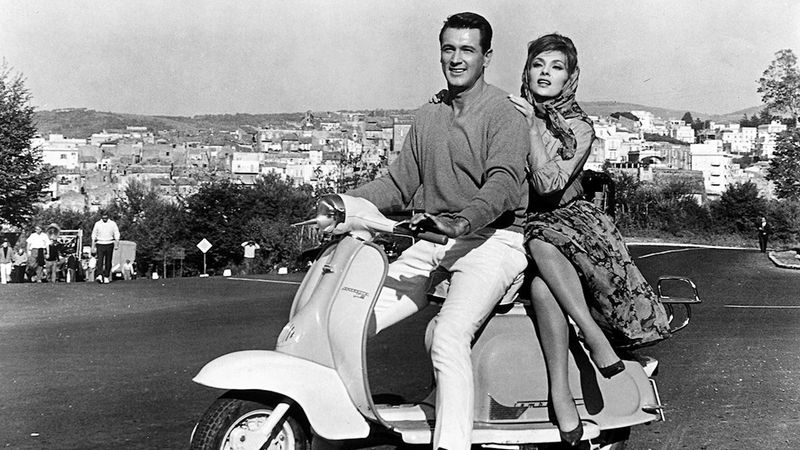
The 1960s brought us some of cinema’s most unforgettable love stories that still make hearts flutter today. From glamorous New York romances to epic tales set against historical backdrops, this decade produced films that defined what romance looks like on the big screen. Whether you’re in the mood for lighthearted comedy or tear-jerking drama, these classic movies offer something special for every romantic soul. Get ready to fall in love with love all over again through these timeless cinematic gems.
1. Breakfast at Tiffany’s (1961)
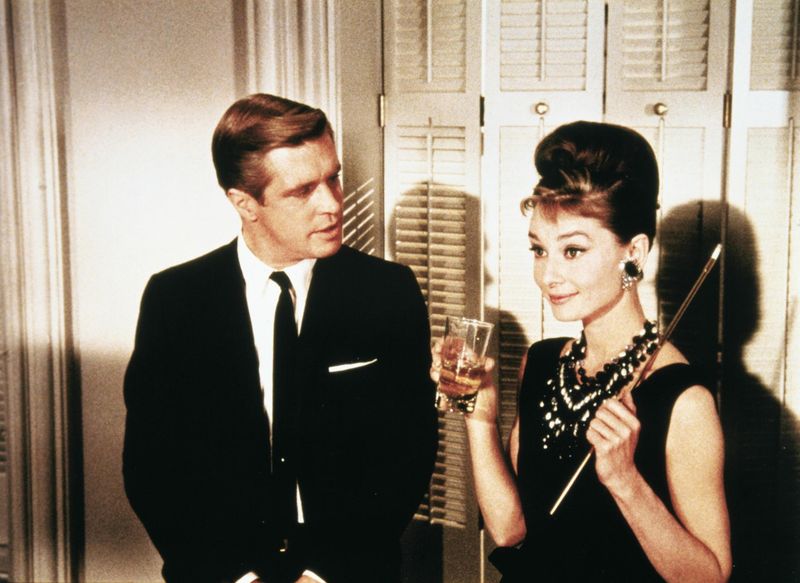
Audrey Hepburn’s portrayal of Holly Golightly blends charm, vulnerability, and complexity, making her one of cinema’s most enduring characters. The film captures the allure of chasing dreams while confronting the loneliness behind a glittering facade. George Peppard’s Paul Varjak balances Holly’s restless energy with quiet steadiness, highlighting the push and pull between independence and intimacy. The screenplay, adapted from Truman Capote’s novella, softened the darker edges of the original story but retained its core theme of longing for connection. Henry Mancini’s song “Moon River” became inseparable from the film, carrying its wistful mood long after the credits roll. Beyond romance, the movie reflects the tension between self-discovery and societal expectations of women in the early ’60s. It remains a cultural touchstone, referenced in fashion, music, and art. Watching it today still feels like stepping into a dream tinted with both glamour and melancholy.
2. The Apartment (1960)
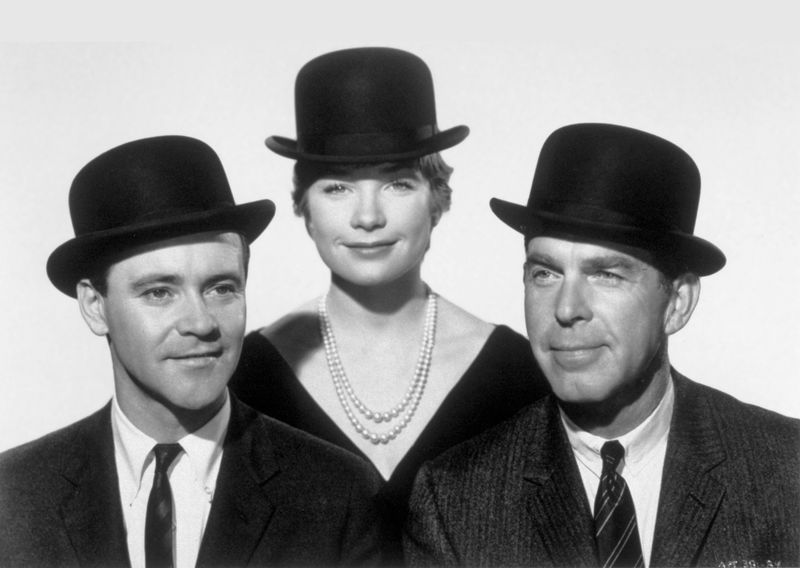
Jack Lemmon plays C.C. Baxter, an office worker whose ambition leads him to lend his apartment to company executives for their affairs. Shirley MacLaine shines as Fran Kubelik, a spirited elevator operator caught in an affair with Baxter’s boss. Beneath the witty dialogue and comedic situations lies a critique of corporate culture and moral compromise. The romance between Baxter and Fran grows from vulnerability rather than grand gestures, making it deeply relatable. Wilder’s direction emphasizes subtle details—an empty compact mirror, a cracked record—that carry emotional weight. The film won five Academy Awards, including Best Picture, cementing its place in cinematic history. Its balance of humor and heartbreak set a new standard for romantic comedies. Today, it resonates as a story about finding love by refusing to compromise one’s integrity.
3. West Side Story (1961)
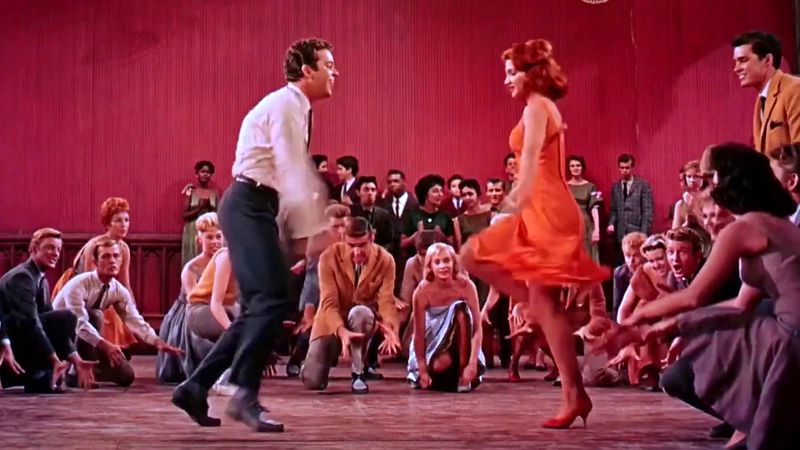
A forbidden romance blossoms, echoing an age-old tale of star-crossed lovers. Choreography transforms violence into art, turning battles into balletic displays of rage and yearning. Songs filled with hope, passion, and sorrow reveal the fragile dreams of young people seeking belonging. The clash between cultures underscores the destructive power of prejudice. Love appears fleeting yet transcendent, offering a brief vision of harmony amid conflict. Supporting characters provide fire and heartbreak, amplifying the tragedy at the center. The narrative closes with devastation but also with a glimmer of unity. Decades later, the fusion of story, music, and movement still feels urgent and alive.
4. Splendor in the Grass (1961)

The intensity of first love burns against the cold weight of social expectation. Two teenagers discover passion but are quickly crushed by demands for restraint and conformity. Desire is portrayed as both natural and dangerous, igniting conflict within families and within themselves. The pressures of reputation, ambition, and morality take devastating tolls. Mental strain and heartbreak unfold with honesty, avoiding easy sentimentality. The imagery of nature contrasts with the rigidity of human rules, deepening the story’s impact. Poetry frames the narrative, reminding audiences of the fleeting beauty of youth. Acceptance replaces fulfillment, leaving a bittersweet ache. Few films capture the collision between innocence and repression with such enduring force.
5. Romeo and Juliet (1968)
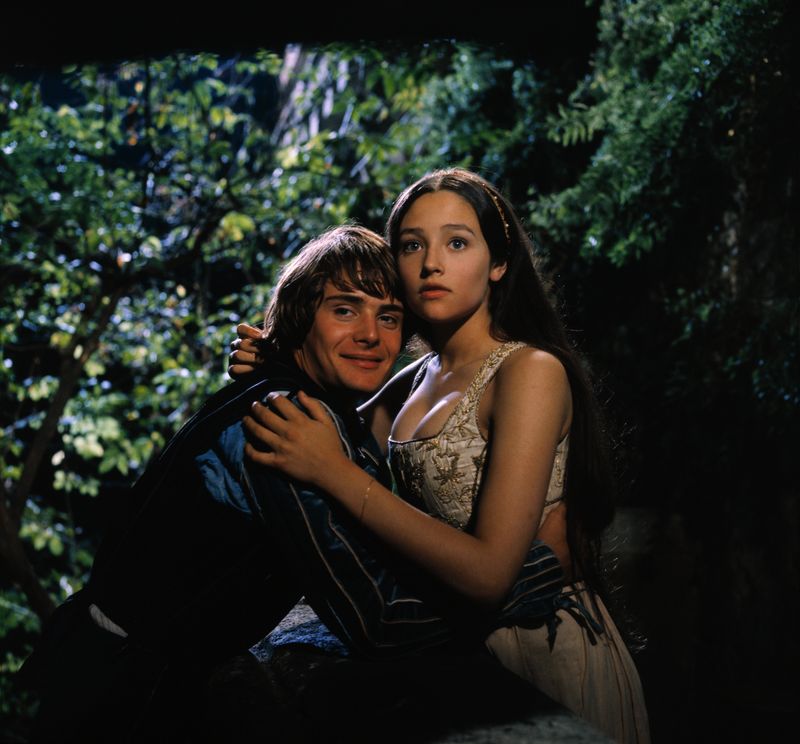
Youthful faces and voices bring Shakespeare’s words to life with rare authenticity. The impulsive nature of teenage love is portrayed with tenderness and urgency. Sumptuous Renaissance settings immerse viewers in a world of beauty and danger. Music swells with longing, amplifying both romance and tragedy. Performances feel natural, making centuries-old dialogue sound fresh and immediate. The chemistry of the leads conveys innocence paired with inevitability. Visual splendor elevates the sorrow of a story everyone knows. Recognition came in the form of awards for costume and cinematography, but its greater gift was accessibility. Generations of students and audiences have discovered Shakespeare’s power through this unforgettable adaptation.
6. Barefoot in the Park (1967)
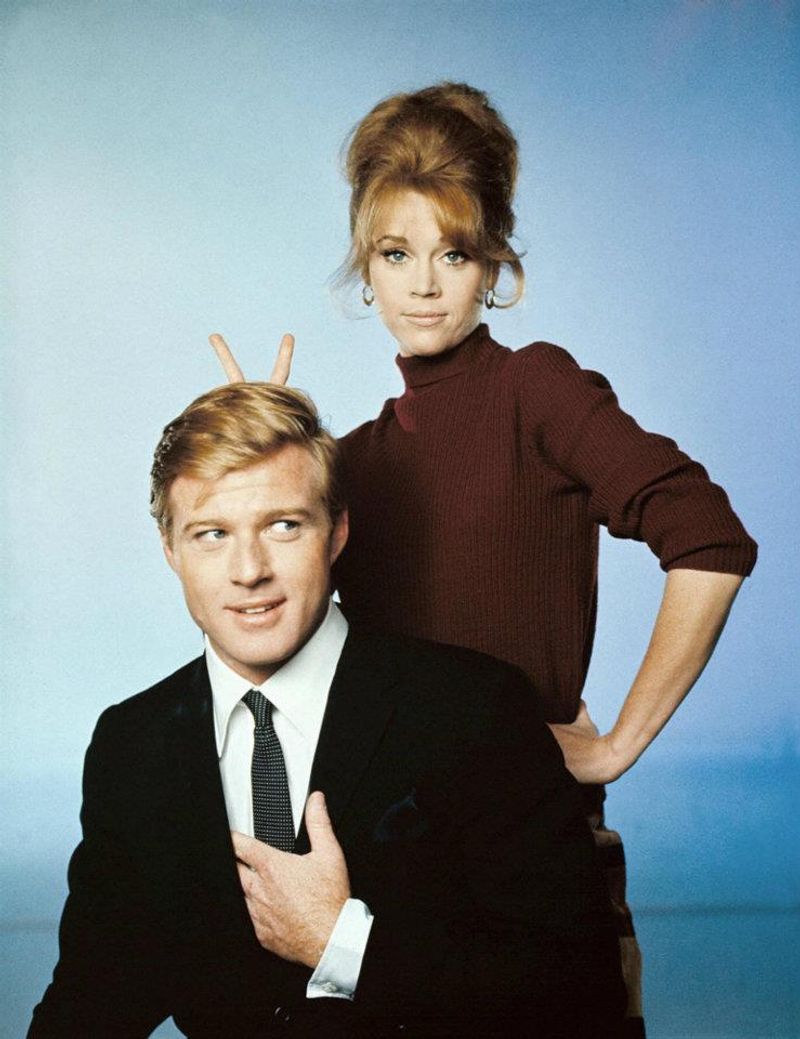
A tiny apartment becomes a testing ground for marriage, laughter, and compromise. The contrast between boundless spontaneity and cautious practicality creates both tension and comedy. Everyday inconveniences—stairs, weather, neighbors—become metaphors for deeper differences. Playful banter highlights the learning curve of partnership. The story celebrates love’s ability to adapt, bend, and thrive under pressure. Moments of frustration dissolve into humor, showing how patience sustains affection. Romance is portrayed as imperfect yet resilient. The narrative suggests that true intimacy emerges not from similarity but from balance. With warmth and wit, it affirms that embracing quirks can make love stronger.
7. That Touch of Mink (1962)
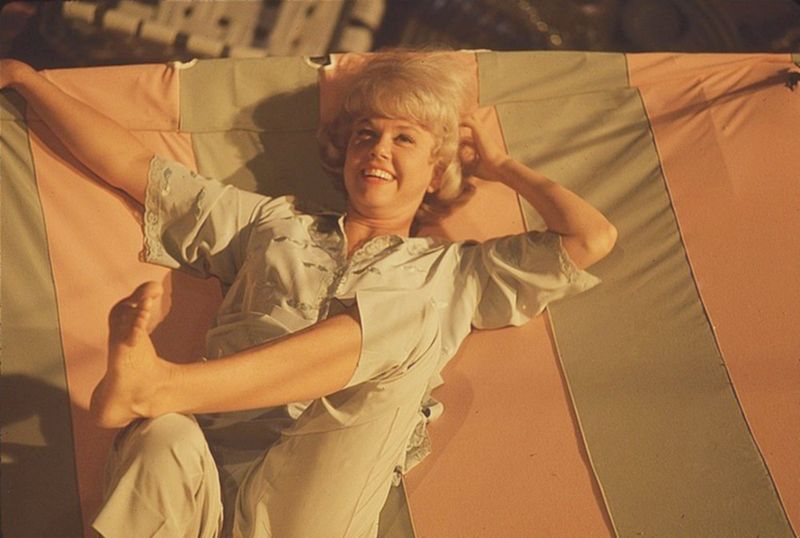
A wealthy bachelor encounters someone who values tradition, sparking a playful clash of ideals. The storyline thrives on witty dialogue and clever misunderstandings. Social norms of the early ’60s provide the backdrop for modern debates about independence and romance. The charm lies in watching two worlds—glamorous freedom and cautious propriety—attempt to merge. Comedy softens the edges of cultural tension, making the story light yet meaningful. The setting enhances the elegance, giving romance a sparkling stage. Its themes of patience, charm, and compromise feel timeless. Even now, it captures the dance between desire and expectation with effortless style.
8. Come September (1961)
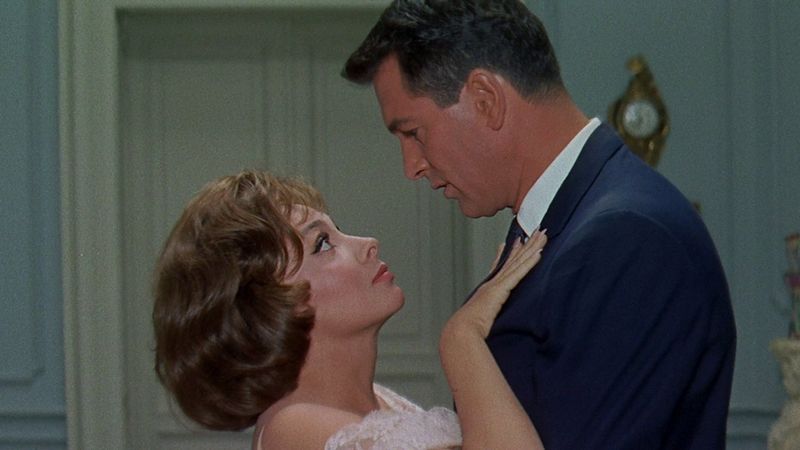
Travelers bring humor, flirtation, and lively misunderstandings to the idyllic setting. The contrast between carefree playfulness and sincere emotion creates balance. Comedy mixes with romance in a way that feels breezy and natural. Cultural and generational differences add layers without weighing down the charm. Scenery amplifies the story, turning leisure into a backdrop for discovery. Characters reveal themselves through spontaneity rather than calculation. The lighthearted tone leaves space for sincerity to shine. Its cheerful spirit makes it a quintessential romantic escape of the decade.
9. The Pink Panther (1963)
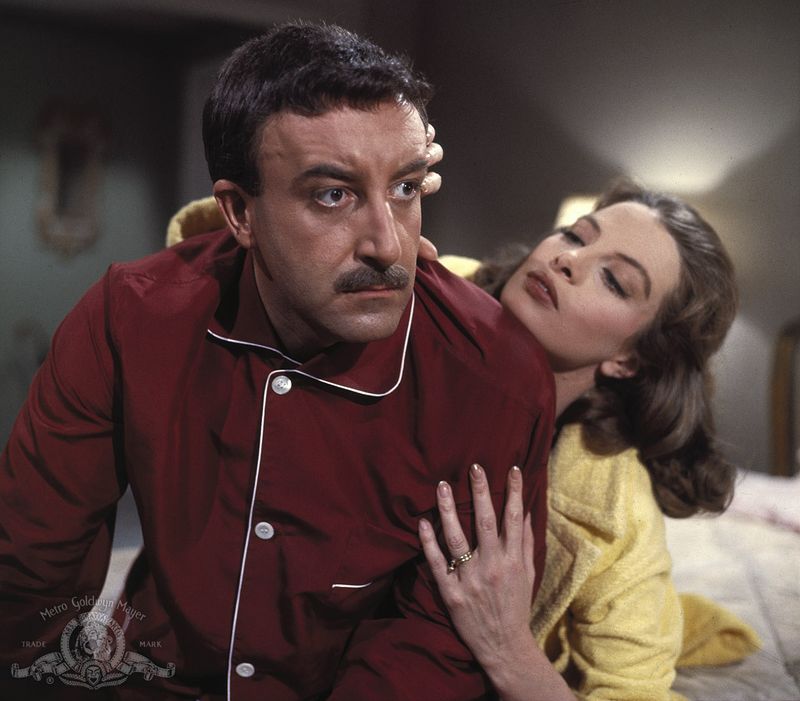
An elegant heist comedy unfolds amid European luxury, where romance lingers in the background of jewel theft. Characters navigate deception with as much passion as humor. Flirtation weaves through scenes of crime and chaos, softening the sharper edges. The narrative sparkles with wit while maintaining an air of sophistication. Comedy, far from undermining romance, gives it unexpected charm. The stylish atmosphere turns even blunders into graceful moments. Mischief and allure keep relationships lively and unpredictable. The film’s blend of humor, elegance, and affection feels distinctive. Decades later, it remains a rare mix of caper, comedy, and romance.
10. The Graduate (1967)
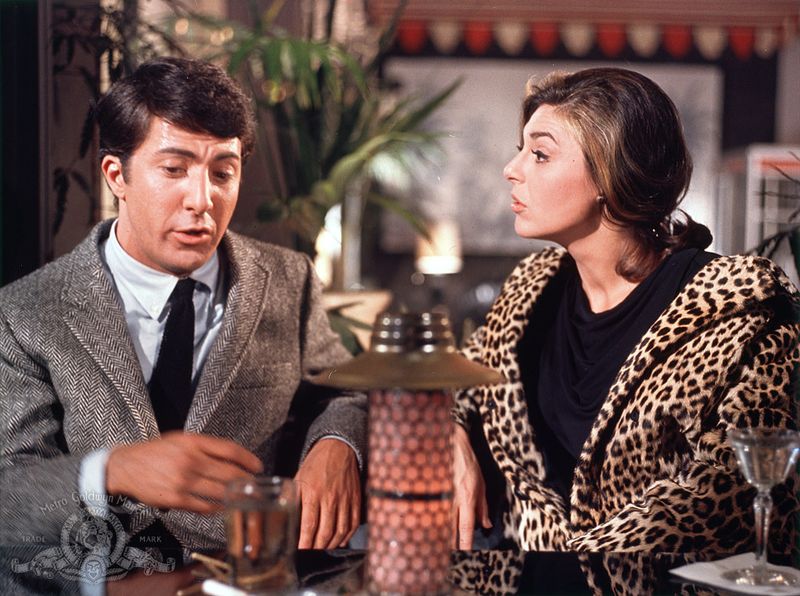
A recent graduate stumbles into a relationship that challenges expectations and defies convention. The affair is portrayed with both humor and unease, blurring lines between desire and rebellion. Music underscores the alienation, amplifying the confusion of identity and purpose. Romantic entanglements become metaphors for generational discontent. The awkwardness of love is highlighted rather than hidden, making the story relatable. Audiences are left questioning whether choices bring freedom or further entrapment. The closing moments capture both exhilaration and doubt in one unforgettable image. Its boldness ensures a lasting place in the history of cinematic romance.
11. Doctor Zhivago (1965)

The Russian Revolution disrupts lives, tearing families and lovers apart. Amidst the turmoil, passion becomes both sanctuary and burden. The romance feels inevitable, yet impossible to sustain in such chaos. Music swells with melancholy, reflecting longing for a life out of reach. Characters are tested by loyalty, sacrifice, and the brutal demands of survival. The contrast between vast beauty and personal despair deepens the tragedy. Political change looms over intimate choices, giving love a haunting fragility. Its grandeur and emotional depth make it a defining romance of the era.
12. A Man and a Woman (1966)
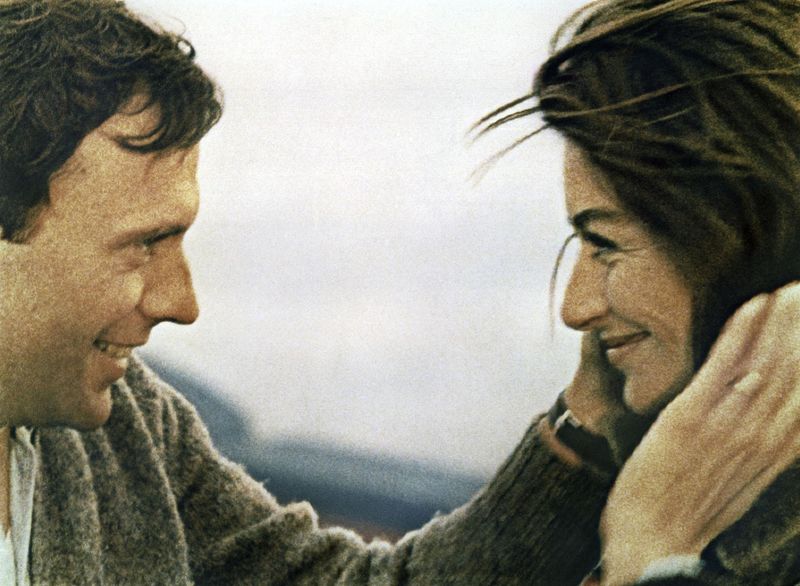
Two widowed souls meet and cautiously rediscover the possibility of love. Silence, glances, and gestures often speak louder than dialogue. The story captures the fragility of second chances without melodrama. Music underscores intimacy, blending seamlessly with the film’s visual poetry. Time is given for emotions to breathe, creating authenticity in every scene. Romance emerges gradually, as trust builds between wounded hearts. The film celebrates resilience as much as affection. Its understated elegance continues to influence portrayals of love in world cinema.
13. La Dolce Vita (1960)
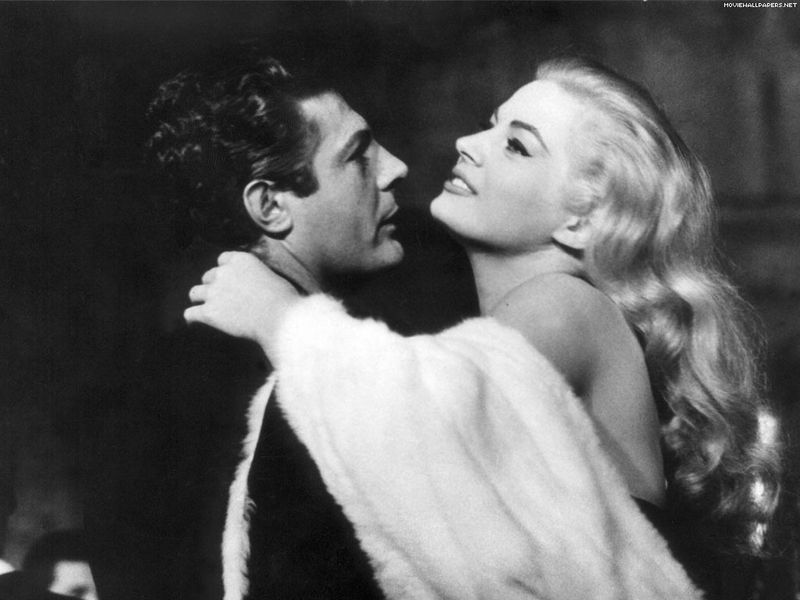
A glittering nightlife masks existential emptiness in this modern classic. A journalist wanders through Rome’s decadence, encountering fleeting affairs and shallow connections. Romance here is seductive but rarely fulfilling. The film critiques indulgence while immersing viewers in its allure. Each encounter becomes a reflection of a culture chasing meaning in pleasure. Passion exists, yet it often dissolves into loneliness. Visual spectacle heightens the sense of beauty masking despair. The journey questions whether true intimacy can survive in a world of distraction. Its influence endures as both a celebration and critique of desire.
14. Funny Girl (1968)
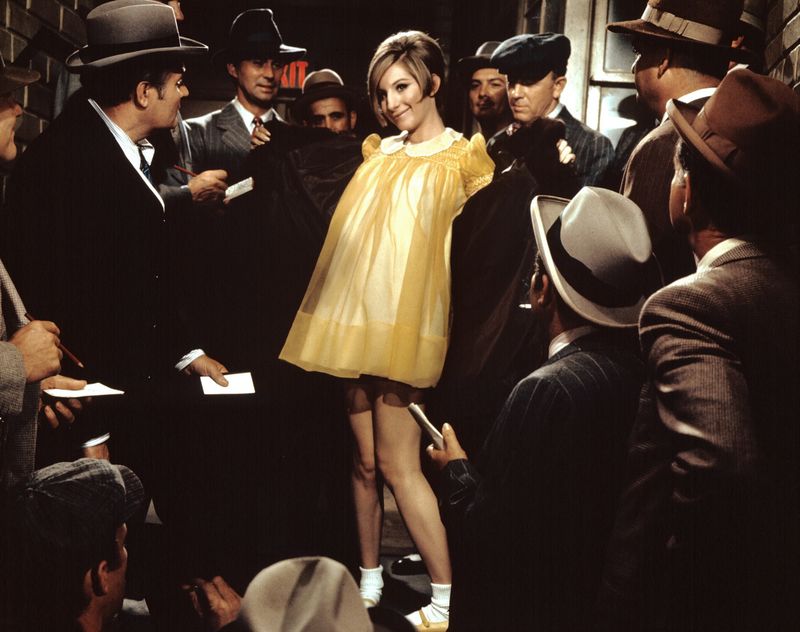
The rise of a talented star is depicted with both triumph and sacrifice. Love provides moments of joy but struggles under the weight of fame and insecurity. Music gives voice to emotions that words cannot fully capture. The contrast between stage glamour and private heartbreak creates tension. Personal vulnerability shines through the dazzling performances. The relationship at the center illustrates both devotion and fragility. Audiences are left admiring resilience even amid loss. Its blend of humor, passion, and pathos secures its timeless appeal.

Comments
Loading…